SOURCE: AFI

The Defence Research and Development Organisation (DRDO) has ramped up production of the Naval Anti-Ship Missile-Short Range (NASM-SR), fabricating 20 Thrust Vector Control Systems (TVCS) for the missile. This significant development indicates that the NASM-SR has entered Limited Serial Production (LSP), paving the way for user trials of the weapon system.
The NASM-SR, an indigenously developed anti-ship missile, has already undergone successful trials. In May 2022, the missile was successfully test-fired from a Seaking helicopter of the Indian Navy at the integrated test range (ITR) at Chandipur off the Odisha coast. A second successful trial was conducted in 2023, further validating the missile’s capabilities.
Continue readingSOURCE: AFI

Vijainder K Thakur, a retired IAF Jaguar pilot, has made a compelling case for extending the service life of the Jaguar strike aircraft fleet beyond its planned retirement date of 2035. In his column, Thakur argues that phasing out the Jaguar could have a detrimental impact on the IAF’s operational capabilities.
The Jaguar is a versatile aircraft renowned for its ability to fly at low altitudes over long distances. This unique capability, coupled with its potent armament, makes the Jaguar a valuable asset to the IAF. Thakur highlights that at 200 feet outside AWACS coverage, a Jaguar’s stealth profile surpasses that of an F-22 Raptor flying at higher altitudes.
Continue readingSOURCE: AFI

Flying Wedge Defense & Aerospace Technologies, a leading player in the Indian defense industry, is set to make history tomorrow, September 3, 2024. The company will host an exclusive press conference at Fortune Park JP hotel to unveil India’s first indigenous unmanned bomber aircraft, the FWD 200B.
The event will feature a video screening of the FWD 200B’s maiden flight, marking a significant milestone in India’s unmanned defense technology landscape. This achievement solidifies India’s position as a global leader in advanced defense solutions.
Continue readingSOURCE: AFI
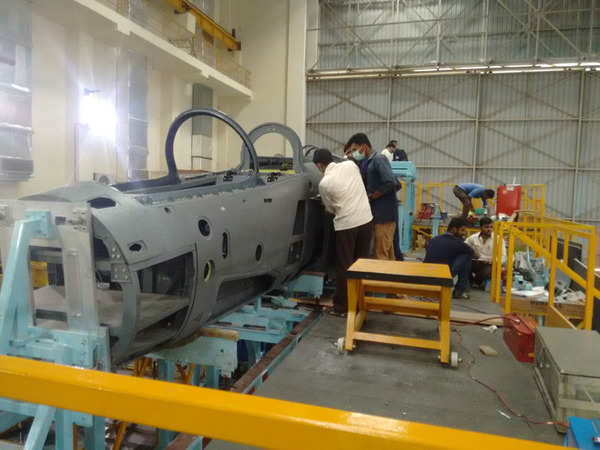
The Light Combat Aircraft (LCA) Tejas, India’s indigenously developed multi-role fighter jet, represents a significant milestone in the nation’s defense manufacturing capabilities. The production of each unit of the LCA Tejas requires an impressive 1.75 lakh (175,000) manpower hours, underscoring the complexity and precision involved in its manufacturing process. This extensive effort highlights the collaborative endeavor between various stakeholders, including Hindustan Aeronautics Limited (HAL), the Defence Research and Development Organisation (DRDO), and numerous private sector partners.
The production of the LCA Tejas involves multiple teams working in tandem across different phases. HAL, being the primary manufacturer, coordinates with various vendors and suppliers who contribute specialized parts and subsystems. The extensive requirement of 1.75 lakh manpower hours is spread across different departments:
Continue readingSOURCE: Northrop Grumman

In a recent demonstration, Northrop Grumman Corporation (NYSE: NOC) incorporated its digital ecosystem and advanced production capabilities to build wings for the Model 437 technology demonstrator flown by company subsidiary Scaled Composites. Development began in the fully connected digital ecosystem with Northrop Grumman, the customer and supplier users collaborating to develop, analyze, build and test the wings ahead of the Model 437’s first flight, which occurred on August 29.
The Digital Pathfinder project demonstrated how the company’s fully digital engineering ecosystem reduces engineering rework, accelerates schedule and reduces costs, offering advantages to customers on future aircraft programs. By utilizing real-world experiences gained on programs, including the B-21 Raider, the company continues to evolve its collaborative digital ecosystem, which connects the company, customers and supplier partners through the design, development and test phases on a variety of current and future programs.
Continue readingSOURCE: RAUNAK KUNDE / NEWS BEAT / IDRW.ORG

In a recent interview, Dr. Samir V Kamat, Chairman of the Defence Research and Development Organisation (DRDO), provided key updates on India’s advancements in hypersonic missile technology. Kamat revealed that DRDO’s Hypersonic Glide missile is expected to be ready within the next 3-4 years, encompassing both the completion of its development and its induction into the armed forces.
This significant progress marks a major milestone in India’s defence capabilities, as hypersonic missiles offer unparalleled speed and manoeuvrability, making them a formidable asset on the battlefield. Once operational, the Hypersonic Glide missile will further enhance India’s strategic deterrence and defence posture.
Continue readingSOURCE: RAUNAK KUNDE / NEWS BEAT / IDRW.ORG
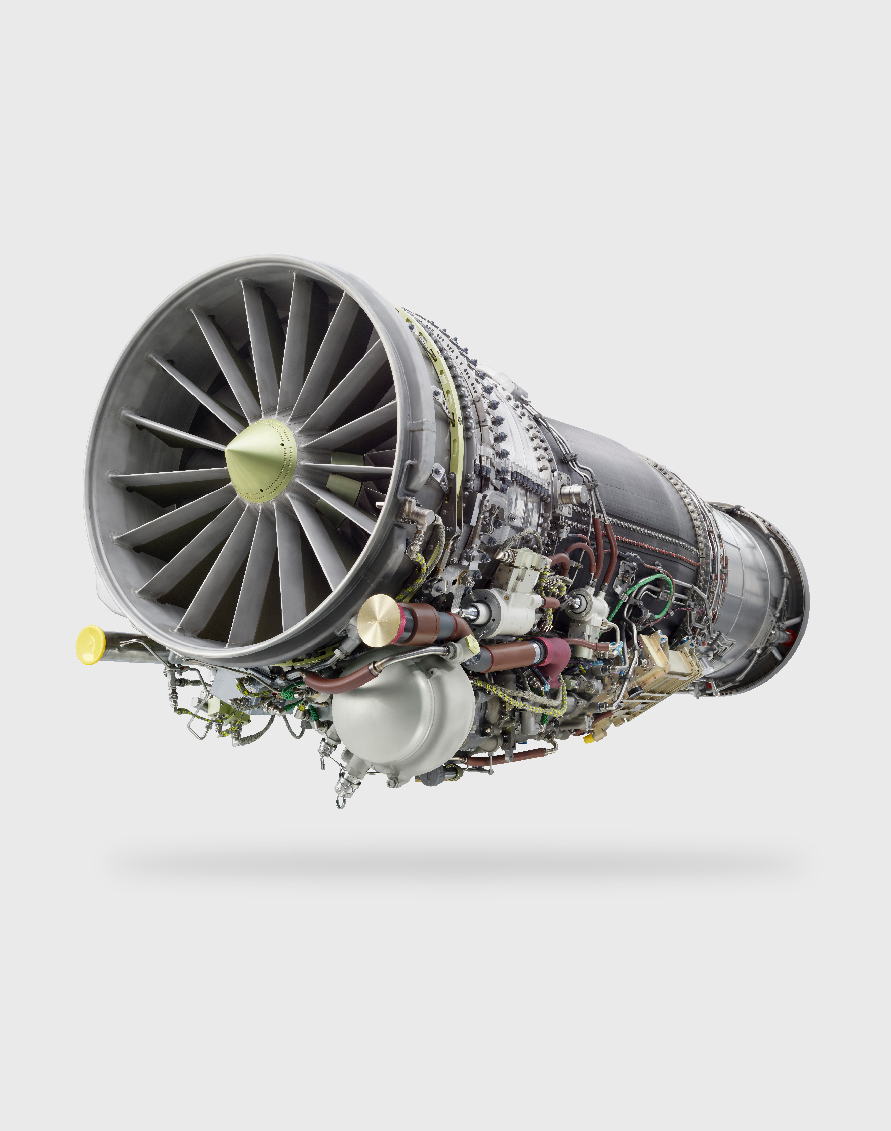
Hindustan Aeronautics Limited (HAL) after securing deliveries of eight GE F-414 engines. HAL is planning to procure additional engines directly from General Electric (GE) to ensure that the developmental trials of the Tejas MkII, scheduled to begin in March 2026, remain on track.
While the initial batch of eight F-414 engines is already in HAL’s possession, the company recognizes the importance of having a sufficient stockpile of engines to support the extensive testing and trials that lie ahead. To this end, HAL plans to acquire an additional 12-20 engines directly from GE. These engines will be kept as reserves, ensuring that the Tejas MkII program can proceed without delays, even in the event of engine-related issues during the developmental phase.
Continue readingSOURCE: RAUNAK KUNDE / NEWS BEAT / IDRW.ORG
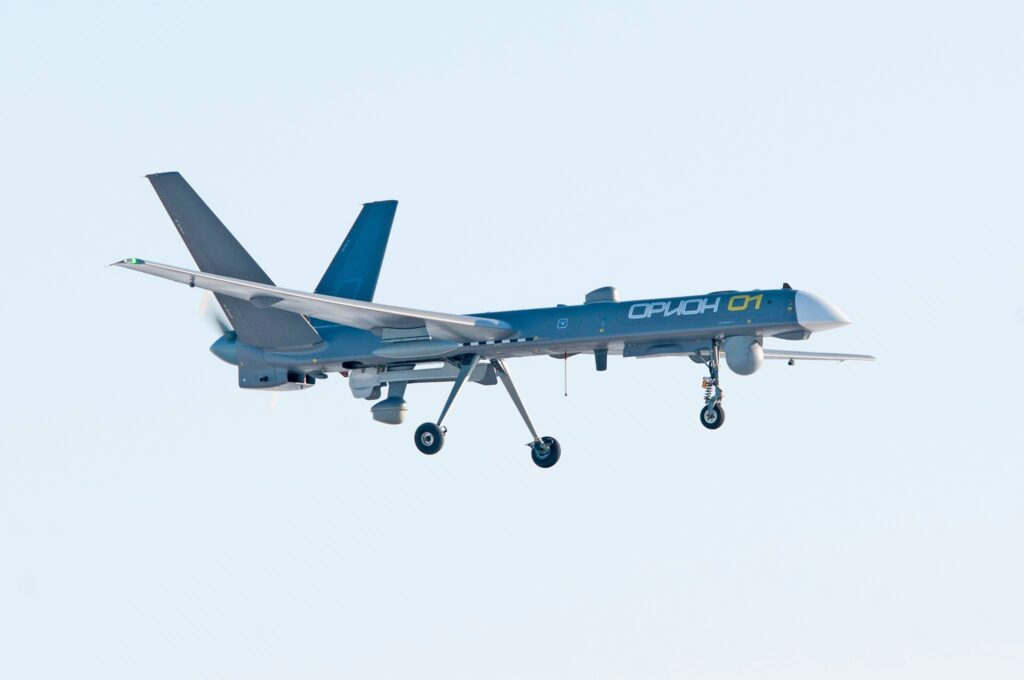
Russia has expressed its intent to participate in India’s ambitious plan to procure 76 Medium-Altitude Long-Endurance (MALE) Unmanned Aerial Vehicles (UAVs) for the tri-services. To this end, the country is offering its advanced Orion-E drone for consideration.
In a strategic move to deepen defence cooperation, Russia is proposing a joint venture with an Indian defence company to manufacture the Orion-E domestically. This partnership aims to achieve a high localization rate of nearly 80%, aligning with India’s ‘Make in India’ initiative.
Continue readingSOURCE: AFI
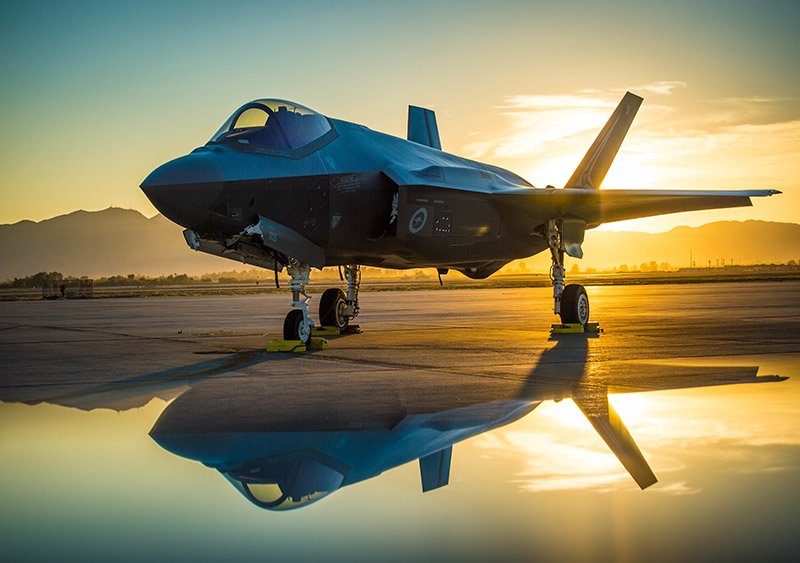
India’s quest for a 5th-generation fighter aircraft has been a topic of intense debate and speculation for years. While the F-35 initially appeared to be a promising option, its acquisition has been ruled out due to India’s possession of the Russian S-400 surface-to-air missile system.
According to veteran journalist Vishnu Som, the F-35’s current price tag of $82.5 million per unit, while lower than the Rafale’s average price of $101 million, is still a significant investment. The Su-57, another contender, has faced its own challenges, with slow production rates and the ongoing development of its AL-51 F1 engine.
Continue readingSOURCE: AFI

A new video released by Bharat-Shakti has shed light on the innovative pneumatic launcher system designed to eject modern medium- and long-range air-to-air missiles from high-performance manned and unmanned platforms. This technology represents a significant advancement in missile systems and has the potential to revolutionize aerial combat capabilities.
The Astra MkII Beyond Visual Range Air-to-Air Missile (BVRAAM), with a range exceeding 145 kilometers, is the first BVRAAM to feature a pneumatic launcher. This system offers several advantages over traditional rail launchers, particularly in harsh operating environments. Pneumatic eject systems are known for their rapid deployment, requiring high gas pressures and robust mechanical components.
Continue readingSOURCE: AFI
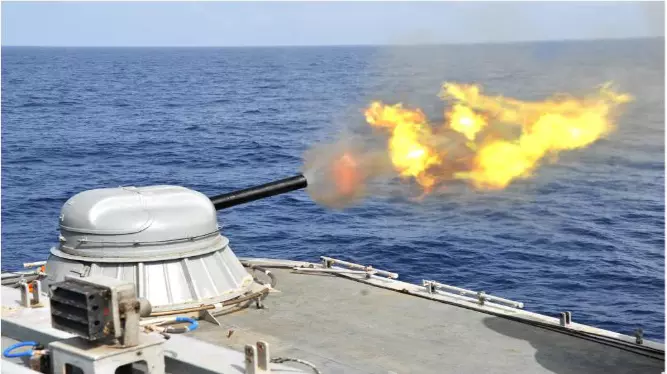
The Indian Navy is set to enhance its operational capabilities with the induction of high-explosive pre-fragmented (HEPF) shells designed to counter drone swarms. These shells, with a payload capacity of 1kg, can engage multiple drones within a five-kilometer range.
The HEPF shells will be integrated into the AK-630 Naval guns, which are currently deployed on a wide range of Indian Navy vessels. Upon firing, the shells produce approximately 600 metal shrapnel that can travel at a speed of 850 meters per second, effectively neutralizing drones within the specified range.
Continue readingSOURCE: AFI

– SpaceZone India, a pioneering space start-up, has etched its name in Indian space history by successfully launching India’s first-ever reusable hybrid rocket, Rhumi-1, into space. The rocket achieved a remarkable altitude of 35 kilometers and deployed 53 satellites, including 50 pico-satellites and three cube satellites, into orbit.
Following a successful mission, Rhumi-1 parachuted into the Indian Ocean. However, challenging conditions, including heavy green silt, have delayed its retrieval efforts.
Continue readingSOURCE: IDRW.ORG TEAM

The long-awaited IJT-36 Sitara trainer aircraft, developed by Hindustan Aeronautics Limited (HAL), continues to be a source of both hope and frustration for the Indian Air Force (IAF). While HAL claims to be nearing the end of the development phase, the program has faced significant delays and setbacks over its two-decade-long journey.
Initially envisioned as a replacement for the aging Kiran Mk II, the Sitara has encountered numerous hurdles, including critical design flaws that necessitated major modifications to the tail and undercarriage sections. These issues resulted in failed spin tests, a crucial parameter for any trainer aircraft.
Continue readingSOURCE: IDRW.ORG TEAM

Indian aerospace startup, DG Propulsion Private Limited (DPPL), has announced that its DG J40 jet engine is in the final stages of production. The company’s Director, Prateek Dhawan, confirmed that the engines are currently undergoing final tuning and are ready for mass production. While DPPL is eager to showcase the engine’s capabilities, customer confidentiality restrictions prevent them from publicly displaying specific applications at this time.
This development comes on the heels of DPPL’s recent selection as an iDEX winner, a significant milestone that will see the DG J40 powering high-speed Unmanned Aerial Vehicles (UAVs). The engine’s performance and reliability have garnered significant attention, positioning DPPL as a key player in India’s growing aerospace and defense sector.
Continue readingSOURCE: AFI

The Indian Air Force (IAF) is gearing up to issue the Request for Proposal (RFP) for its Multi-Role Fighter Aircraft (MRFA) tender later this year. However, the lack of clarity regarding the specific definition of ‘Multi-Role’ in this context has led to speculation and potential confusion among potential Original Equipment Manufacturers (OEMs).
In the past, the IAF has used the term ‘Single Engine Fighter (SEF)’ to refer to fighter jets below the 20-ton All Up Weight (AUW) mark. Multi-Role is a vague definition that allows all fighter jets ever produced or in production to be classified as a Multi-role jet that increases unnecessary proposals.
Continue reading